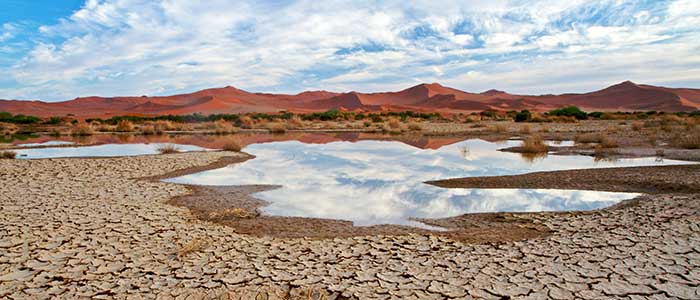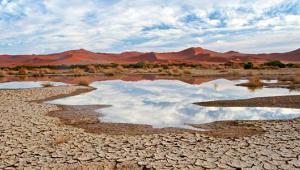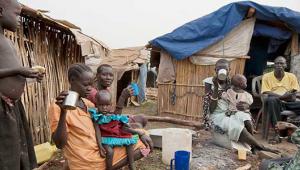A regional emergency meeting kicked off today in Zimbabwe to decide how to deal with pests such as the fall armyworm, which is decimating much-needed staple crops like maize across southern Africa.
The arrival of such pests and diseases looks set to exacerbate the impact of a severe drought in the region and spread elsewhere on the continent, while United Nations Food and Agriculture Organisation warned yesterday of the impact of spiralling food prices.
This is “severely constraining food access” for swathes of households and has “alarming consequences for food insecurity”, said Mario Zappacosta, FAO senior economist and coordinator of an FAO system that monitors food supply and demand.
The news comes just days after NGOs urged immediate action to be taken to prevent famine in countries like Somalia – a word not used lightly by aid agencies – with Ethiopia, Kenya and Sudan and South Sudan also facing food crises.
“We are undoubtedly in a crisis, but the situation will even get worse, especially if the April rains perform poorly,” said Fatoumata Nafo-Traoré, the International Federation of the Red Cross’ regional director for Africa.
“We need to act decisively, we need to act massively and we need to act now if we are to prevent a repeat of the awful scenes of 2011,” she said, referring to a drought in the region that saw over 260,000 people die in a famine in Somalia alone.
The IFRC said that 11 million people are currently in need of urgent food assistance in Somalia, Ethiopia and Kenya alone. In 2011, more than 13 million were in need in those three countries and South Sudan.
In the conflict-hit country today, another 2.8 million people are in need of urgent food assistance. At the same time, 18 million people are in need in war-torn Yemen and approximately 5.1 million are acutely food insecure in north eastern Nigeria.
Conflict, as in the three countries above, and the super strong El Niño weather event of the past two years, which caused severe drought across numerous African nations, are the main drivers of the crisis.
Somalia, where two seasons of drought led to failed harvests, left three-quarters of the country’s livestock dead and more than half of its population in acute need of food, is perhaps the worst hit.
The FAO said yesterday that grain prices in some market towns in Somalia doubled in January from a year earlier, with weather forecasts predicting another poor performance in the next rainy season.
Maize prices have also doubled in Arusha, Tanzania since early 2016, and are 25% higher than 12 months earlier in the country’s largest city Dar es Salaam.
In South Sudan, food prices are between two and four times higher than a year earlier, and maize is up by 75% in Uganda and 30% in Kenya. The price of livestock has also risen by between 30% and 60% in the past twelve months in Ethiopia, Kenya and Somalia.
“This is the worst situation we have seen in the region since 2011,” said IFRC’s Nafo-Traoré. “We have an opportunity to prevent suffering of a similar scale, but only if we act now.”














